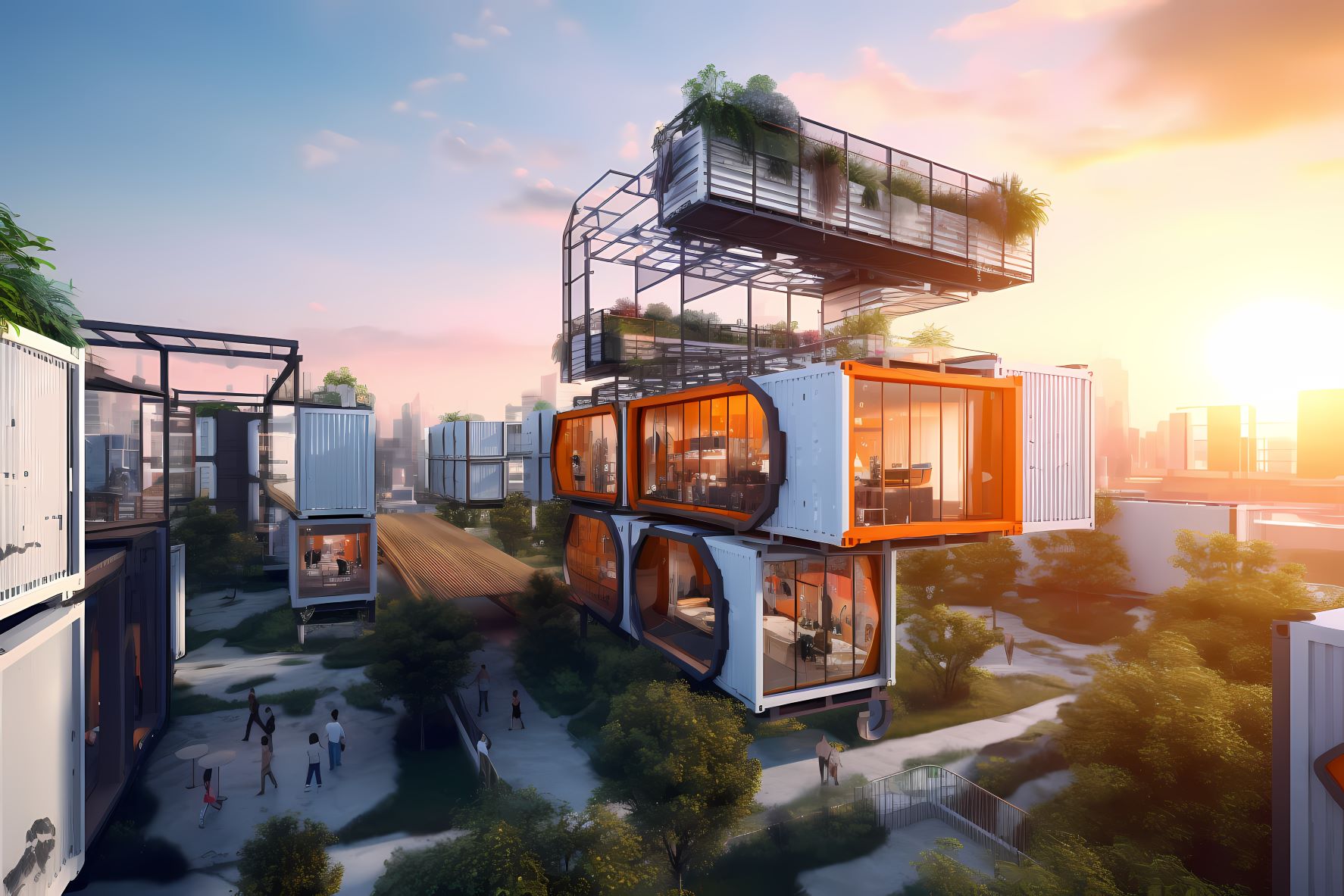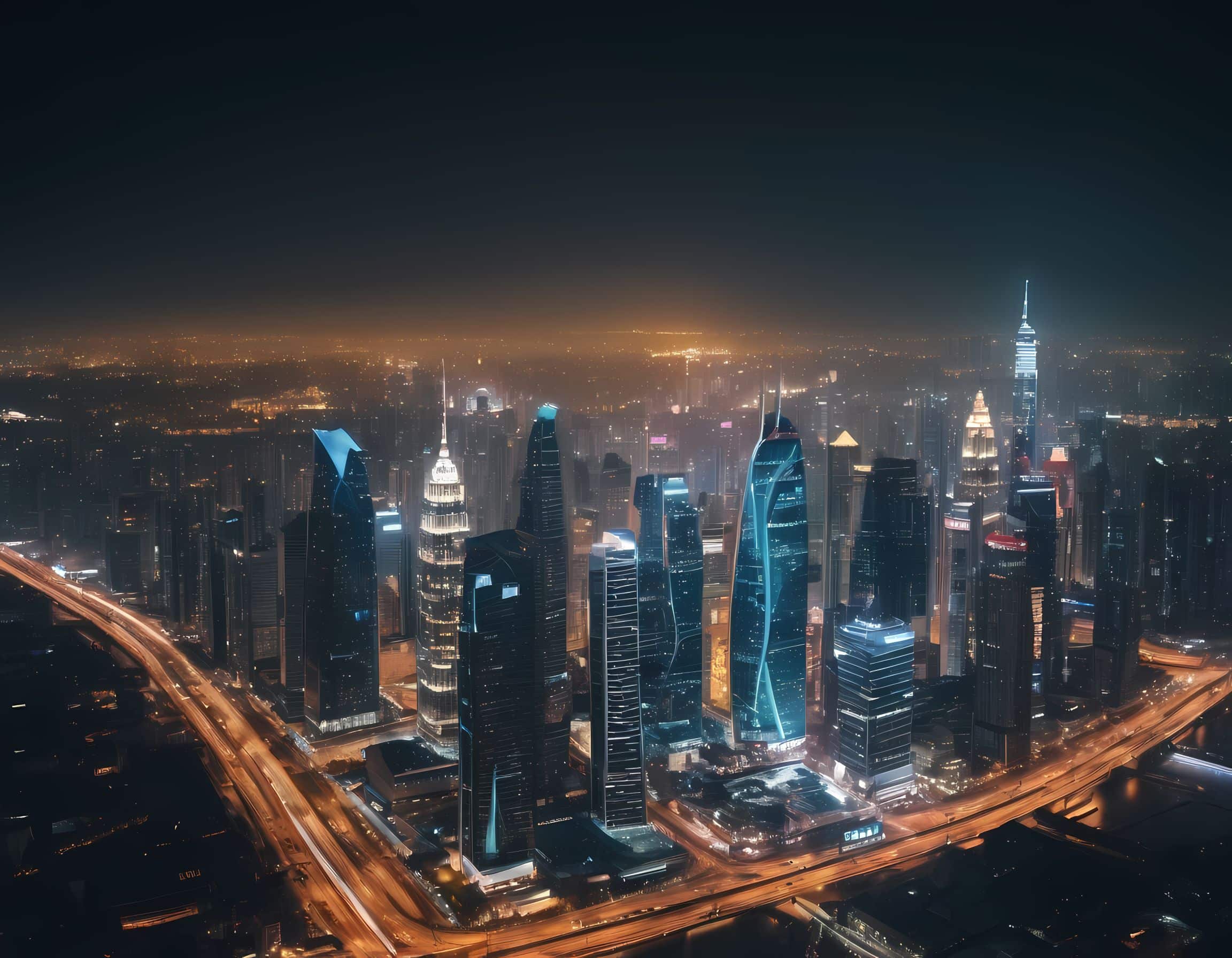Tag: Innovative City Infrastructure
-
Sustainable Housing: Looking Beyond The Traditional Home
Sustainable housing offers innovative solutions to modern living. Explore the future of housing as people rethink their lifestyle.
-
🌆 Smart Cities: Revolutionizing Urban Living for Enhanced Productivity and Well-Being 🚀🏙️
The idea of the founding of smart cities is rapidly gaining traction worldwide as an innovative approach to urban planning and development.


